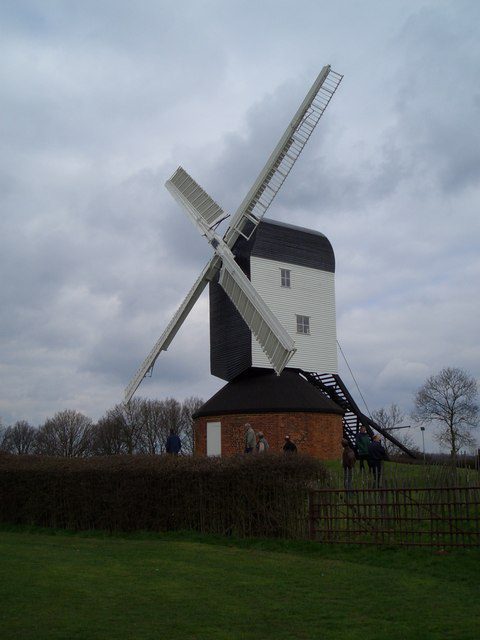Hazy Pale Ales have emerged as a popular beer style that combines the hop-forward characteristics of traditional Pale Ales with the hazy appearance and softer mouthfeel of New England IPAs. These beers offer a more approachable and sessionable alternative for those seeking a balance between hoppy flavours and a smooth drinking experience. In this blog post, we will explore the origins and brewing techniques of Hazy Pale Ales, discuss their distinct characteristics, and highlight notable examples of this delightful beer style.
Origins of Hazy Pale Ales
Evolving from Pale Ales
Hazy Pale Ales evolved from the classic Pale Ale style, which is known for its moderate hop bitterness and balanced malt backbone. Brewers began experimenting with hazy techniques borrowed from New England IPAs to create a Pale Ale with a hazier appearance, enhanced hop aromas, and a softer mouthfeel.
The Influence of New England IPAs
The popularity of New England IPAs and their hazy, juicy characteristics played a significant role in inspiring the creation of Hazy Pale Ales. Brewers recognised the demand for a more accessible, lower-alcohol alternative that retained the hazy appearance and aromatic qualities associated with the New England IPA style.
Brewing Techniques for Hazy Pale Ales
Malt Bill and Haze-Inducing Grains
Hazy Pale Ales typically feature a malt bill that includes pale malts as the base, combined with speciality malts like oats, wheat, or flaked barley. These haze-inducing grains contribute to the beer’s hazy appearance and impart a silky smooth mouthfeel, adding a layer of complexity to the beer.
Late Hop Additions and Dry Hopping
To enhance the hop aroma and flavour, Hazy Pale Ales employ late hop additions during the brewing process. This includes whirlpool hopping and dry hopping, where hops are added towards the end of the boil or during fermentation. These techniques maximise the beer’s aromatic qualities, showcasing fruity and citrusy hop characteristics.
Yeast Selection
Yeast selection is critical in achieving the hazy appearance and soft mouthfeel of Hazy Pale Ales. Brewers often use yeast strains that produce fruity esters and enhance the beer’s overall flavour profile. These yeast strains also contribute to the haze by remaining in suspension, adding to the beer’s visual appeal.
Characteristics of Hazy Pale Ales
Hazy Appearance
As the name suggests, Hazy Pale Ales exhibit a distinctively hazy or cloudy appearance. This haziness is a result of proteins, yeast, and hop compounds remaining in suspension, giving the beer a visually appealing and inviting look.
Balanced Hop Flavour
Hazy Pale Ales strike a balance between hop-forward flavours and more restrained bitterness. The hop profile typically features tropical fruit, citrus, and floral notes, providing a burst of aromatic goodness without overwhelming the palate with excessive bitterness.
Soft and Smooth Mouthfeel
Hazy Pale Ales offer a soft and smooth mouthfeel, thanks to the inclusion of haze-inducing grains like oats or wheat in the malt bill. This adds a velvety texture that enhances the overall drinking experience, making these beers incredibly approachable and refreshing.
Notable Examples of Hazy Pale Ales
Showcase of Breweries
Craft breweries around the world have embraced the Hazy Pale Ale style, producing exceptional examples of this beer. Notable breweries known for their Hazy Pale Ales include Cloudwater Brew Co., Other Half Brewing Company, and Verdant Brewing Co. These breweries showcase their skill in crafting beers that deliver a perfect balance of hoppy flavours and a softer mouthfeel.
Flavour Profiles
Hazy Pale Ales offer a diverse range of flavour profiles to suit different palates. Some examples include Cloudwater Brew Co.’s “Pale Ale – Simcoe Amarillo,” featuring a tropical fruit bouquet with hints of citrus, and Verdant Brewing Co.’s “Bloom,” which presents a juicy and citrus-forward hop character. Other Half Brewing Company’s “All Citra Everything” showcases the vibrant citrus notes of Citra hops, balanced by a smooth malt backbone.
Food Pairings and Enjoyment
Culinary Pairings
Hazy Pale Ales pair well with a variety of dishes, thanks to their balanced hop flavours and smooth mouthfeel. These beers complement lighter fare such as grilled chicken, fish tacos, salads, and vegetable dishes. The citrus and tropical fruit notes in Hazy Pale Ales also make them a great accompaniment to spicy cuisines, as they provide a refreshing contrast to heat.
Enjoying the Experience
To fully enjoy a Hazy Pale Ale, serve it chilled, around 6-8°C (43-46°F), in a glass that allows the aromas to develop, such as a pint glass or a tulip glass. Take your time to appreciate the beer’s hazy appearance, inhale the enticing hop aromas, and relish the smooth and balanced flavours as they dance on your palate. Sip and savour the delightful experience that Hazy Pale Ales have to offer.
Hazy Pale Ales represent a harmonious blend of hop-forward flavours and a smooth, hazy appearance. These beers offer a more approachable alternative to their higher-alcohol counterparts, while still delivering the aromatic qualities and balanced hop character that beer enthusiasts love. Whether you’re drawn to the hazy appearance, the balanced hop flavour, or the soft mouthfeel, Hazy Pale Ales provide a refreshing and enjoyable drinking experience. So, embrace the softer side of hoppy delights and raise a glass of your favourite Hazy Pale Ale to celebrate this captivating beer style.






